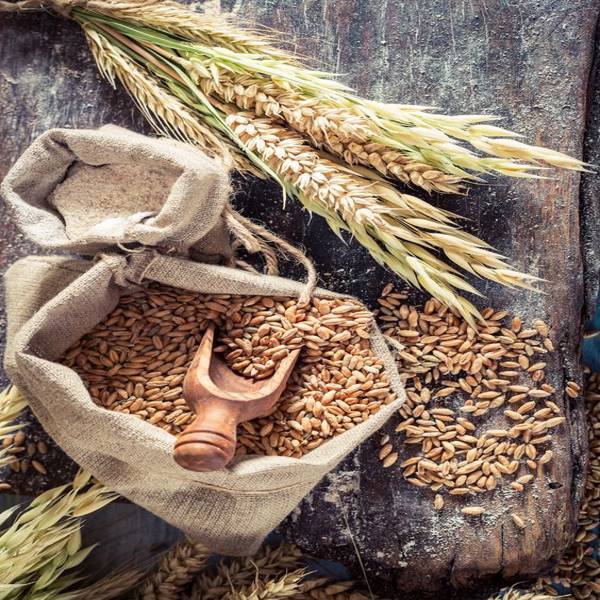India Takes Action to Curb Rising Wheat Prices
Wheat prices in India, a major producer, have been climbing due to supply concerns. To address this issue, the government has implemented a two-pronged approach:
- Limiting Stockpiles: The government has restricted the amount of wheat traders can hold onto. This aims to prevent hoarding and ensure a smoother flow of wheat into the market.
- Potential Tax Reduction: Authorities are considering reducing or even eliminating import taxes on wheat. This move would encourage more imports and potentially increase supply, ultimately driving down prices for consumers.
- India Addresses Wheat Price Increase Despite No Shortage
- While the government assures no actual wheat shortage, recent price hikes have prompted them to act. Wheat prices have risen by roughly 5.5-6% compared to last year, contributing to cereal inflation which hit a high of 8.7% in August 2023.
- This price increase coincides with a significant decline in government wheat stockpiles. As of April 2024, these reserves reached a 16-year low of 7.5 million metric tons. To stabilize prices, the government released a record 10 million tons of wheat to flour mills and biscuit makers compared to the previous year’s starting stockpile of 8.2 million tons.
- DFPD Requires Weekly Price Reporting from Retailers
- The Department of Food and Public Distribution (DFPD) has mandated that retailers and other businesses submit price reports every week through their online portal. This requirement ensures consistent monitoring of essential goods.
- Businesses have been given a grace period of 30 days to comply with these updated reporting guidelines. The new limits are similar to those established last year.
The Indian government is taking steps to control wheat stockpiling and maintain market stability. The new limits set by the Department of Food and Public Distribution (DFPD) restrict the amount of wheat businesses can hold:
- Wholesalers: 3,000 tonnes
- Individual retailers: 10 tonnes
- Large retail chains (per outlet): 10 tonnes (with a maximum of 3,000 tonnes overall)
Also read: Realme GT 6 boasts the latest Snapdragon 8s Gen 3 chipset.
These measures come alongside the ongoing ban on wheat exports implemented in 2022. According to government official Sanjeev Chopra, there are currently no plans to lift this restriction or ease export limitations on sugar and rice either.
It’s important to remember that India is a major player in the global food market, holding the top spot for rice exports and ranking second in sugar production. These export restrictions aim to prioritize domestic food security.



